
Each game drive is unique and each day the landscape can be read and appreciated like the pages of a book. After a fair amount of rain, the Mara Triangle is thriving — the air is filled with the scent of fresh vegetation and the songs of chirping birds. Early in the morning, after it has rained, the fog gently touches your skin. As leaves unfurl and flowers blossom, a kaleidoscope of colours emerges in contrast to the dramatic clouds scattered in the sky. Being immersed in this place is infinitely rewarding to anyone able to spend time here.
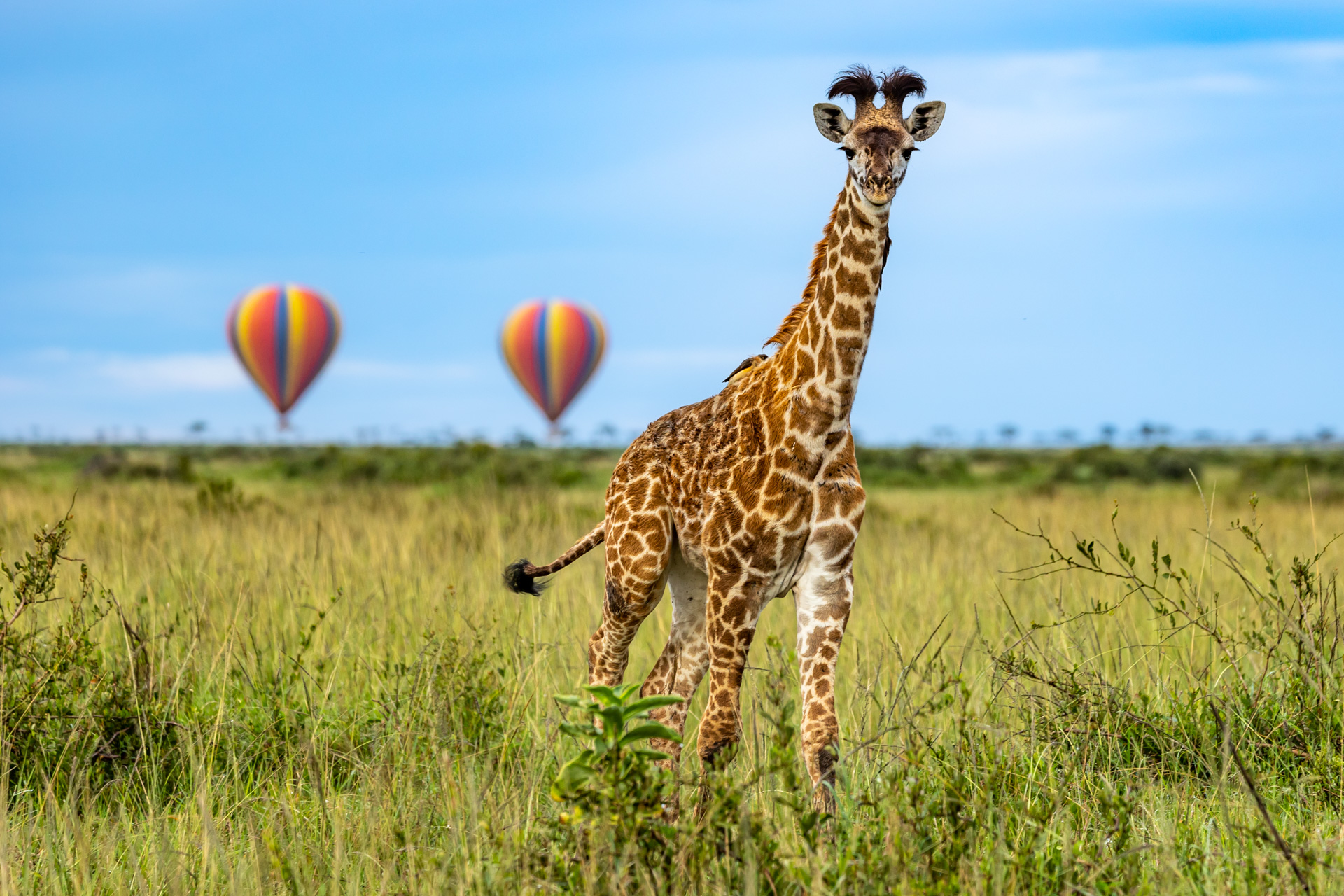


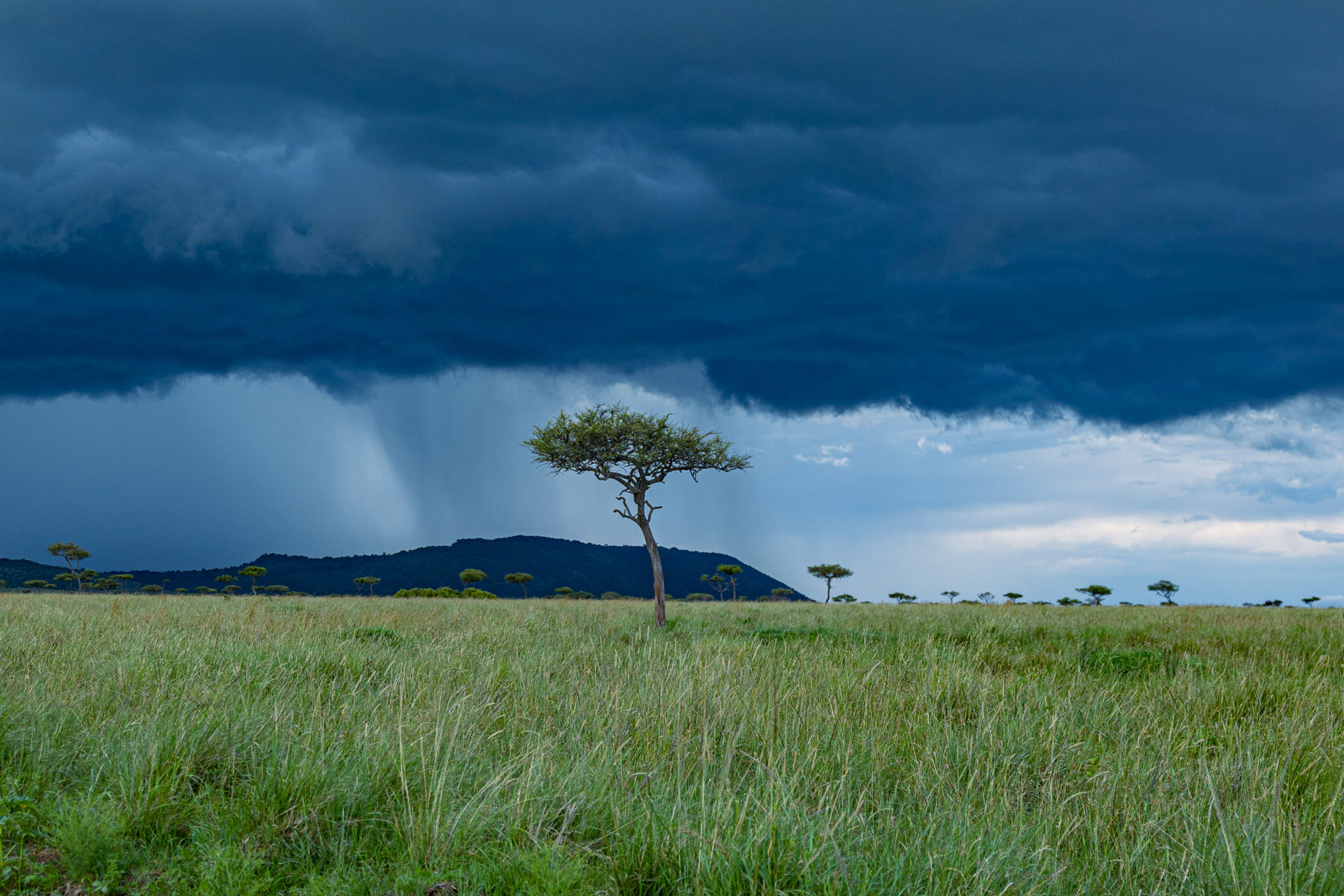
As we drove down the escarpment one morning, we saw several vehicles parked on the main road looking towards a certain tree. As we got closer, we noticed a commotion — a herd of buffalo, a clan of hyenas and two lions. The hyenas were making a loud noise around the buffalos and we realised there was a lioness (the lone Angama female), in a tree. And not far from her sat the male who has been courting her recently. One of the buffalo seemed to be on edge and began chasing the hyenas away, later charging at the tree.
As it turned out, she was aggressive because she was a mother in the process of giving birth. The hyenas and the lions were waiting to pounce. We watched as the buffalo herd slowly went on their way. A few hours later, it was confirmed that the Angama lioness took down the pregnant buffalo, having already been injured by the hyenas. She continues to defy the odds taking down large prey all on her own.
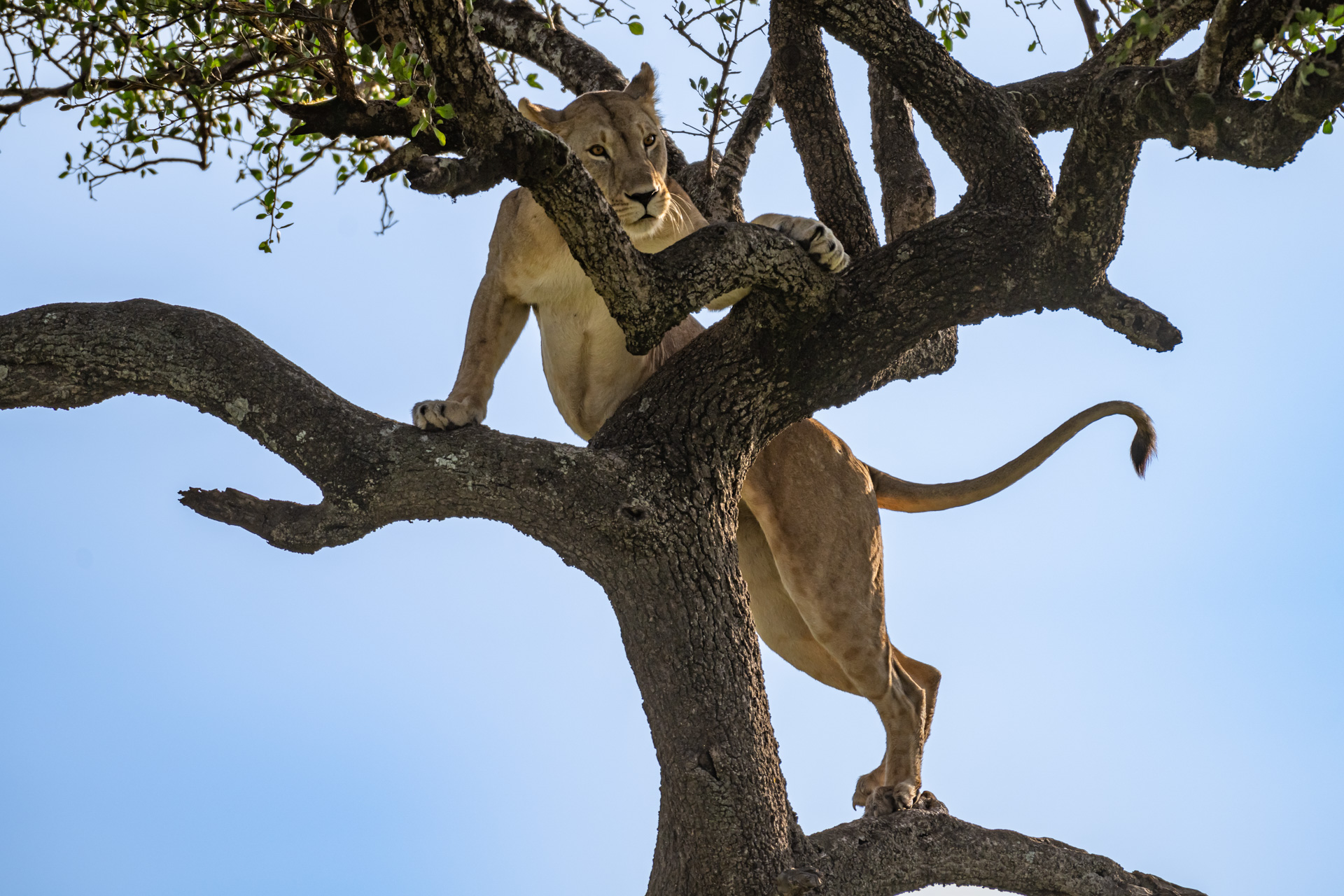



At this time of year, the birds in the Mara are incredibly active. We are blessed to have such a vast array of these flying creatures. One of the advantages of this ecosystem is that there are different habitats such as forests, grasslands, swamps and rivers each offering a unique environment for birds. Within 500 square kilometres, the species range from raptors to vultures and to small passerine birds as well as ostriches, hornbills, and storks.

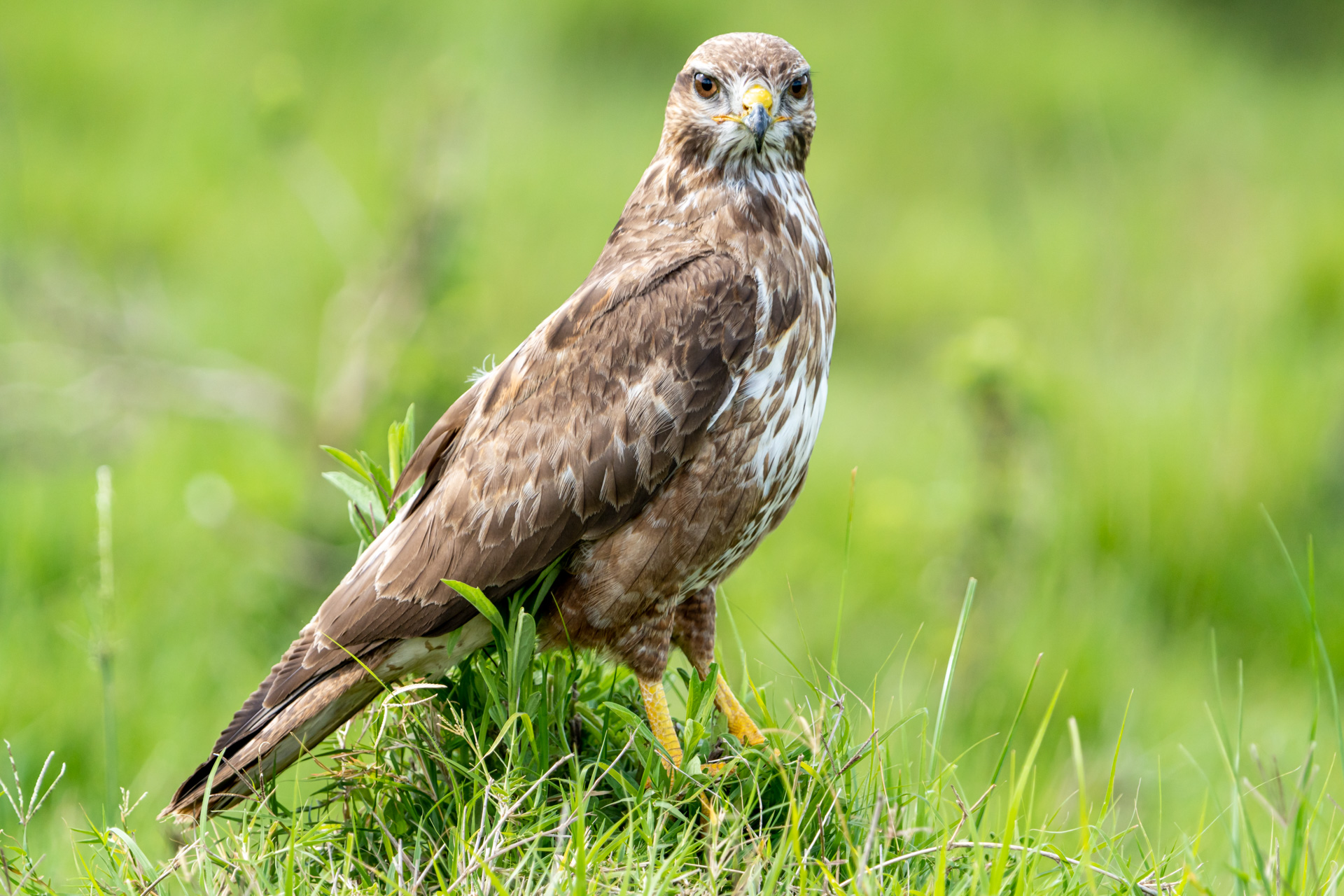
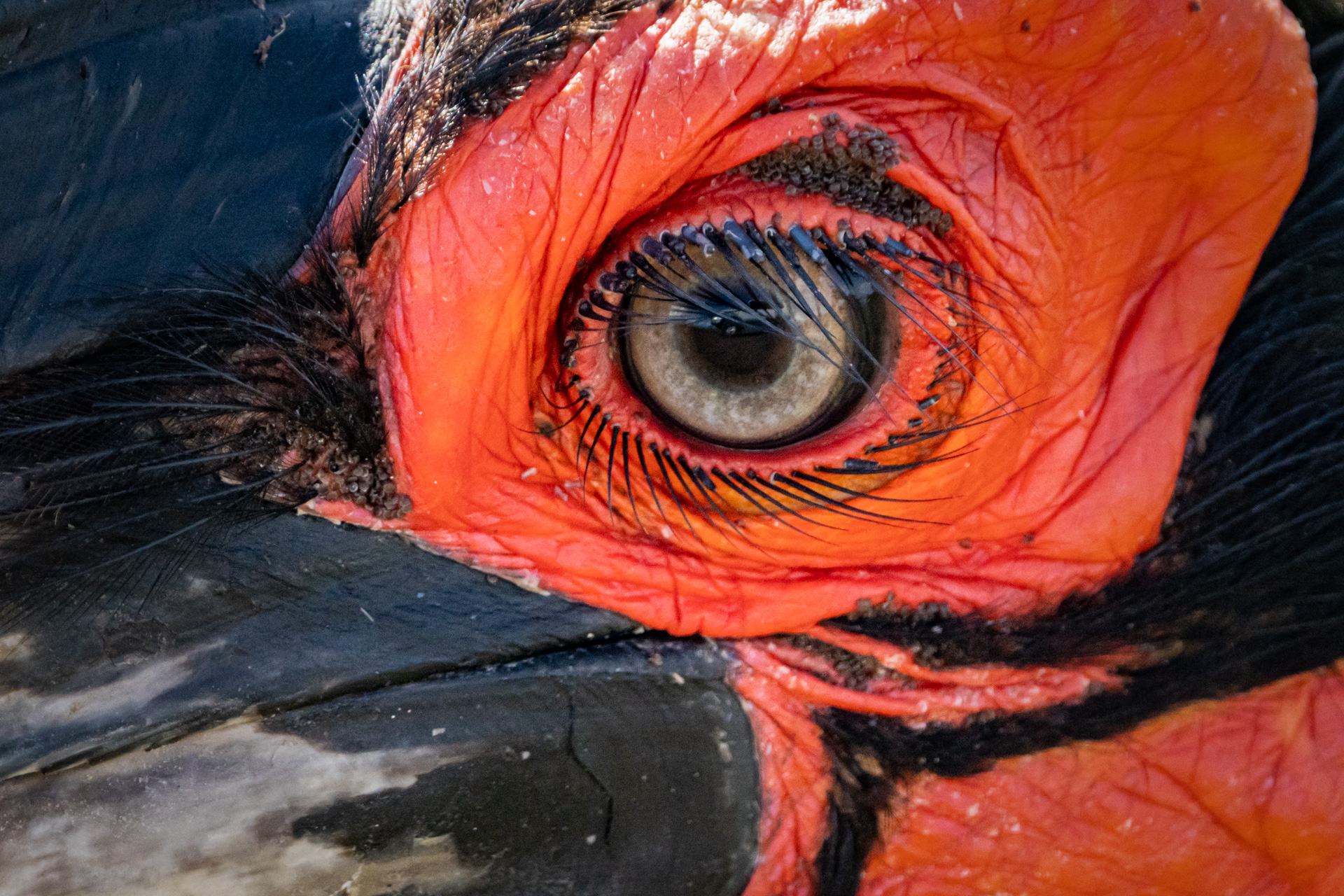
These birds play a vital role in maintaining the ecological balance in that they help pollinate flowers, disperse seeds, and control pests. They have evolved over millions of years to be skilled at hunting with their keen eyesight and hearing, as well as flying. Their bodies have become streamlined and lightweight to make it easier for them to take off, manoeuvre, and soar through the air with wings specially designed to generate lift and control movement. They also show elaborate plumage, songs, dances, and nests, all in an attempt to draw potential mates.
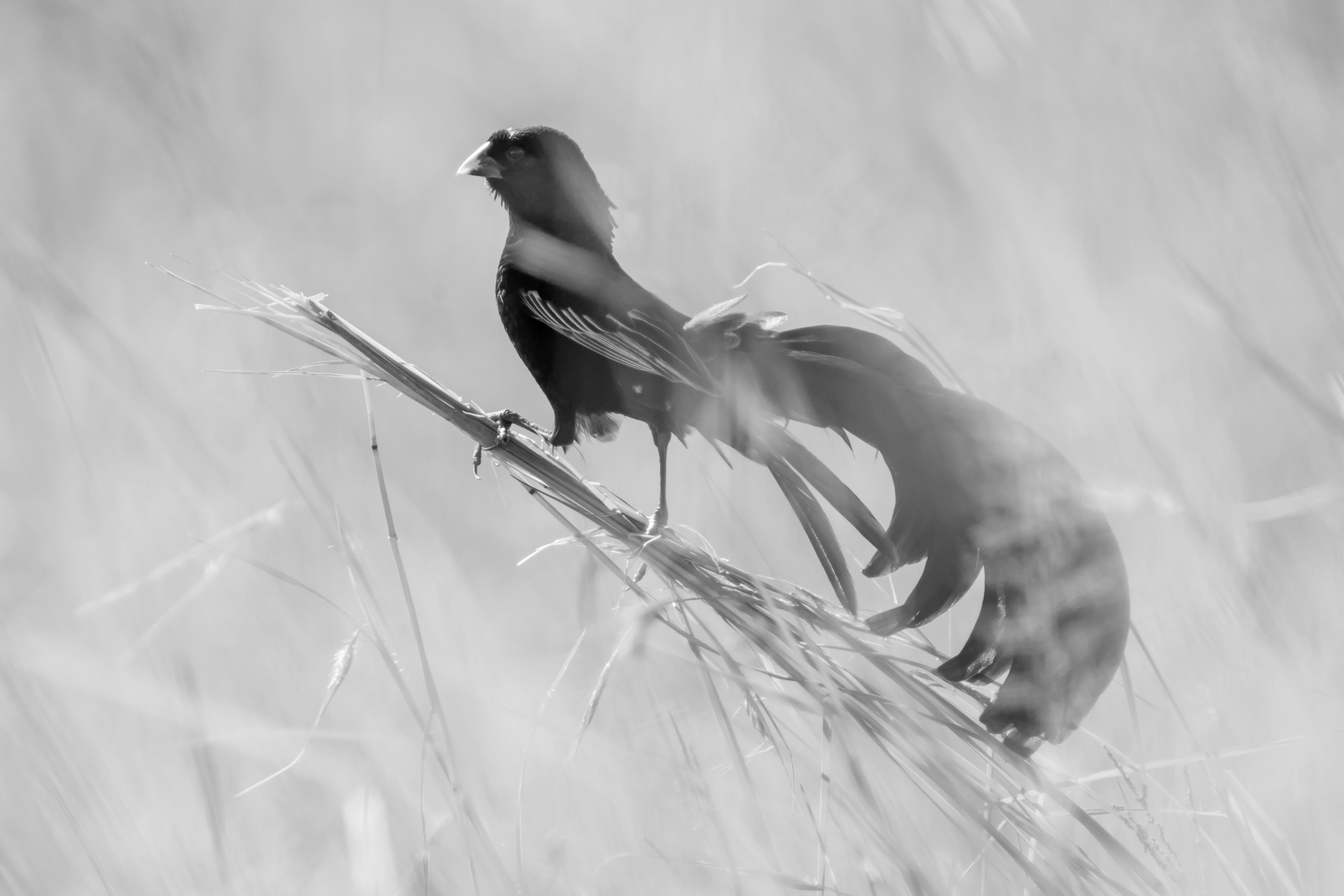


On one of my drives this week, I saw a puff adder lying in the road. This creature is one of the most venomous snakes in Africa. They have a distinctive thick body and broad triangular head with the characteristic pattern of dark markings. They are ambush predators that wait for prey to be within striking distance and can attack with incredible speed and accuracy. Watch out.

To end this week, we leave you with some wonderful cat sightings because who doesn’t love cats? Alice and Robert came across the Salt Lick Male leopard who had a warthog kill stashed away. It takes incredible speed and agility to catch these strong and fast creatures. Also, Alice was able to confirm that at least three of the most recent Egyptian Pride members are healthy and growing well, while Jeremy came across the siblings of Risasi, the two brothers Ruka and Rafiki who have been spending time around the border of Kenya and Tanzania.
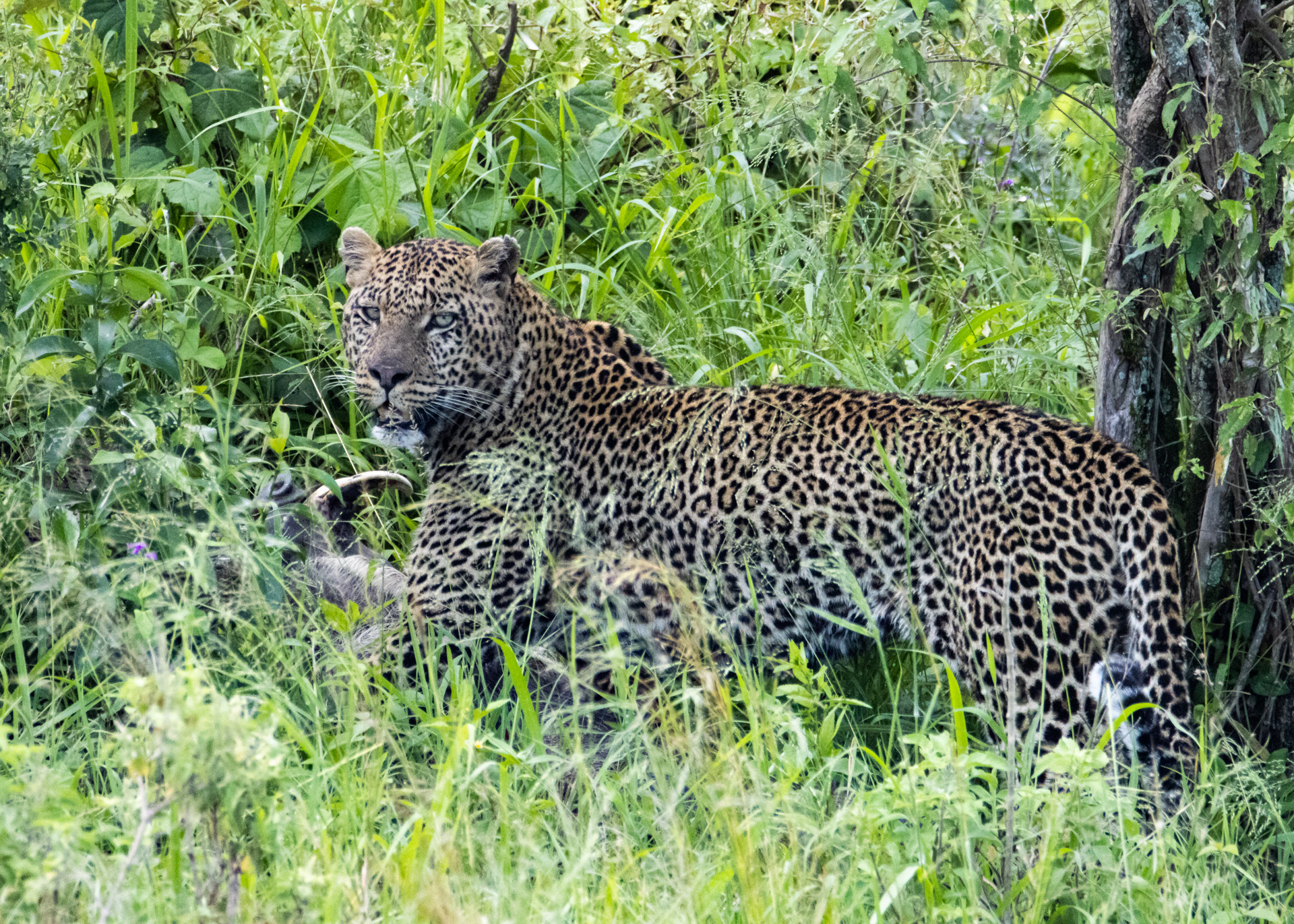



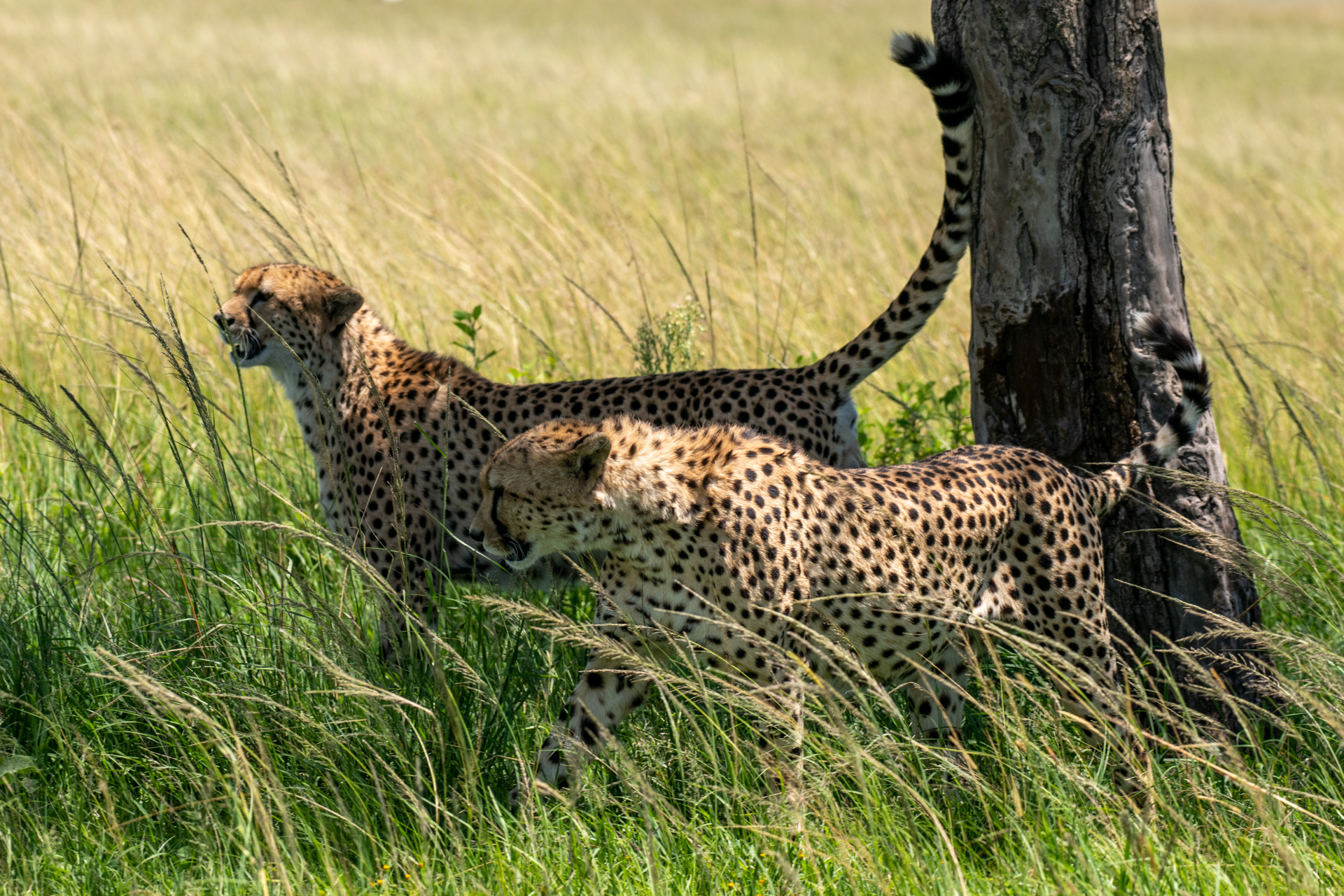

A very unusual sighting featured in the blog this time last year — two of Africa's heaviest land animals in one photograph strolling across the plains together.
Filed under: This Week at Angama
Subscribe for Weekly Stories
Comments (1):
18 April 2023
Nice picture

Angama Safari Camp